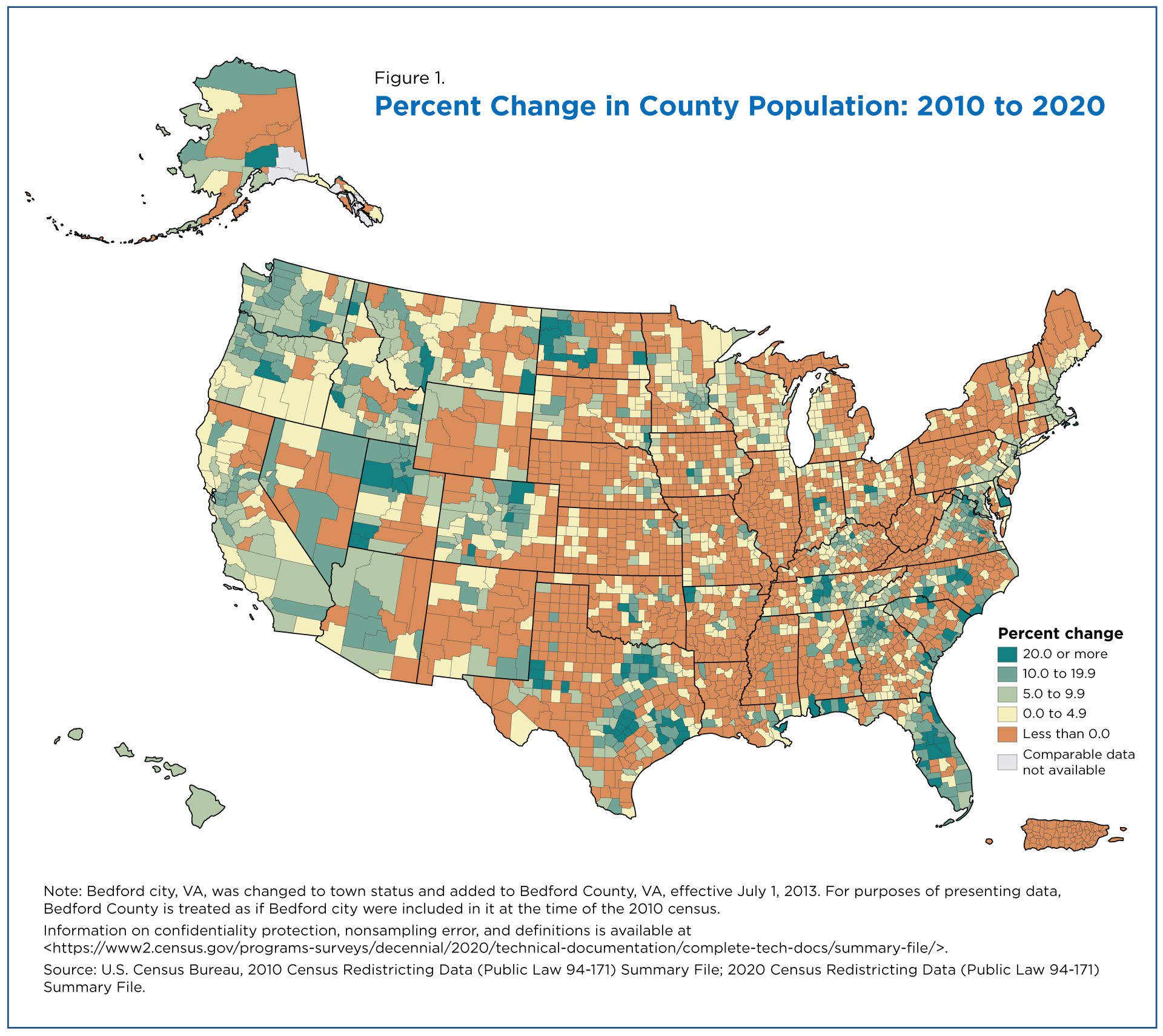Tag: census
-
Two cities added to Ballotpedia’s coverage scope following 2020 census

Ballotpedia provides comprehensive coverage of all elections within the 100 largest cities in the United State based on population. Following the 2020 census, two cities—Spokane, Washington, and Santa Clarita, California—entered the top 100 and another two cities—San Bernardino, California, and Birmingham, Alabama—did not make the cut. As a result, Ballotpedia has added coverage of Spokane…
-
U.S. Census Bureau releases easier-to-use format of 2020 census data on Sept. 16

The U.S. Census Bureau released data from the 2020 census in an easier-to-use format to both the states and the public at data.census.gov on Sept. 16. The Census Bureau also delivered DVDs and flash drives of the data to state legislatures and redistricting authorities. It had previously announced that it would release this summary data…
-
Redistricting review: Federal court rejects Alabama’s attempt to force early release of Census Bureau redistricting data

In this week’s Redistricting Review, we cover news out of Alabama and Colorado. Alabama: On June 29, a three-judge panel of the U.S. District Court for the Middle District of Alabama rejected an attempt by Alabama state officials to force the U.S. Census Bureau to release redistricting data in advance of August 16, the date…
-
Here’s a round-up of this week’s redistricting news: May 5, 2021

Last week, the U.S. Census Bureau released apportionment counts for the U.S. House of Representatives, kicking off the 2021-2022 redistricting cycle. Throughout this year and next, policymakers (including state legislators, governors, and special redistricting commissions) will draft and implement new state legislative and congressional district maps, which will remain in force for the next 10 years.…
-
New apportionment data released – six states gain congressional seats, seven states lose seats

On April 26, 2021, the U.S. Census Bureau released it post-2020 census apportionment counts. Six states—Texas (two seats), Colorado, Florida, Montana, North Carolina, and Oregon—gained seats. Seven states—California, Illinois, Michigan, New York, Ohio, Pennsylvania, and West Virginia—each lost a seat. Of the six states that gained congressional seats, three are Republican trifectas (Texas, Florida, and…
-
New apportionment data released – six states gain congressional seats, seven states lose seats

The United States Census Bureau released its post-2020 census apportionment counts on April 26, 2021. Apportionment is the process whereby the 435 districts in the U.S. House of Representatives are allotted to the states on the basis of population. Six states gained seats. Texas gained two, while Colorado, Florida, Montana, North Carolina, and Oregon gained…
-
Expected census delays may postpone state redistricting efforts in 2021

On Nov. 19, U.S. Census Bureau Director Steve Dillingham announced that, “during post-collection processing, certain processing anomalies have been discovered” in the 2020 United States Census. Dillingham said he had directed the bureau “to utilize all resources available to resolve this as expeditiously as possible.” Also on Nov. 19, The New York Times reported that “a growing…
-
U.S. Supreme Court grants expedited review of case on census count
On October 16, the U.S. Supreme Court accepted Trump v. New York for expedited review and scheduled oral argument for November 30, 2020. The case came on a writ of certiorari to the U.S. District Court for the Southern District of New York. It concerns congressional apportionment following the 2020 U.S. Census. The U.S. government…
-
SCOTUS allows Trump administration to end 2020 census count

The U.S. Supreme Court issued an order on Oct. 13 which allows the Trump administration to end the 2020 census count. SCOTUS stayed an order from the 9th U.S. Circuit Court of Appeals, which had directed the Trump administration to continue to gather data through the end of October. The Trump administration had argued that…

